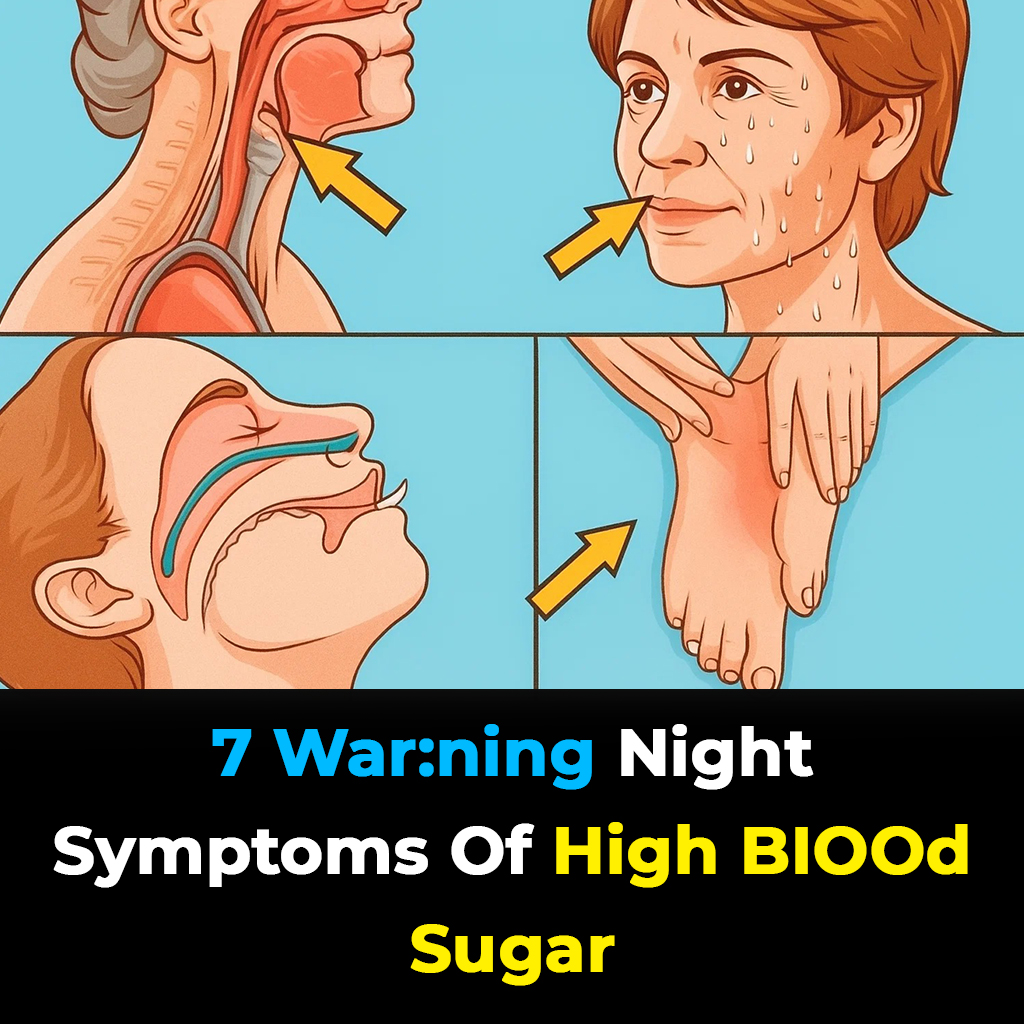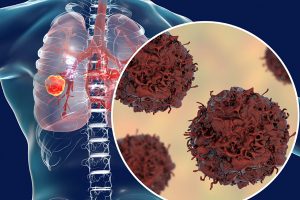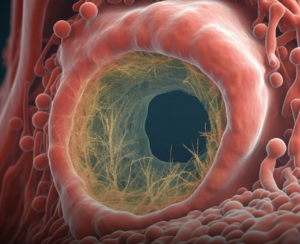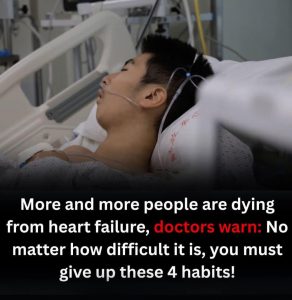
Top 3 Ways to Treat Tooth Decay with Guava Leaves – Simple and Cost-Effective
When people think of guava, they usually picture the sweet tropical fruit. But few realize that the leaves of the guava…

The World Health Organization (WHO) defines hyperglycemia — more commonly known as high blood sugar — as a fasting blood glucose level exceeding 7.0 mmol/L (126 mg/dL) or a level greater than 11.0 mmol/L (200 mg/dL) two hours after eating. While it is most often seen in people living with diabetes, high blood sugar can also occur in those at risk, especially due to poor diet, sedentary lifestyle, or underlying medical conditions.
This condition typically develops when the body either fails to produce enough insulin — the hormone responsible for moving glucose from the blood into cells — or becomes resistant to insulin’s effects. If left unchecked, hyperglycemia can gradually harm blood vessels, nerves, and vital organs, leading to long-term health problems. That’s why recognizing the early warning signs is critical to preventing complications and improving quality of life.
Below are seven key symptoms that may indicate your blood sugar is rising to unhealthy levels:

One of the most common early signs of high blood sugar is an unquenchable thirst. When glucose builds up in the bloodstream, the kidneys work harder to filter and remove the excess through urine. In doing so, they pull extra fluids from the body, leaving you dehydrated and craving more water than usual.
High blood sugar disrupts your body’s ability to turn food into usable energy. Since glucose cannot enter the cells effectively, the brain interprets this as an energy shortage — even if you’ve just eaten. As a result, you may find yourself feeling unusually hungry, craving larger meals or frequent snacks.
Persistently high glucose levels can raise triglyceride levels — a type of fat in the bloodstream. This may lead to the formation of small, yellowish bumps on the skin, often on the arms, legs, buttocks, or hands. While not painful, these bumps signal that your blood sugar and lipid levels may be too high.
Without enough insulin, cells are deprived of the glucose they need to produce energy. Instead, sugar remains in the blood, causing you to feel drained, weak, or unable to concentrate. Chronic fatigue linked to high blood sugar often doesn’t improve with rest and may persist for weeks or months if untreated.
High blood sugar can cause fluid shifts that affect the lens of the eye, leading to swelling, distorted vision, and trouble focusing. In some cases, the strain may trigger headaches, further impacting daily productivity and comfort.
Over time, elevated glucose levels can damage the body’s peripheral nerves — a condition known as diabetic neuropathy. Early signs include tingling, burning sensations, or numbness in the extremities, especially the hands and feet. Prompt blood sugar management can help prevent further nerve damage.
Skin tags — small, harmless growths — often appear in body folds such as the neck, armpits, groin, or eyelids. While common, frequent or sudden skin tag development can sometimes be linked to insulin resistance and high blood sugar.
Bottom Line
Recognizing these symptoms early and seeking medical advice can make a significant difference in managing blood sugar effectively. A healthy diet, regular exercise, and routine blood glucose monitoring are key to keeping your levels in check and avoiding serious complications.

When people think of guava, they usually picture the sweet tropical fruit. But few realize that the leaves of the guava…

Precious medicinal plants grow in gardens without being planted and are beneficial to health in many ways. Few people know…

Doctor said: Early stage lung cancer symptoms are not chest pain but 5 major abnormalities in the body that should…

If you have polyps in your intestines, there will be 4 signs when going to the toilet, don’t wait until…

In the world of country rap and southern rock, Jelly Roll is more than just a musician—he’s a storyteller, a…

The World Health Organization (WHO), the World Heart Federation, and the American Heart Association estimate that heart failure (HF) is…

Ingredients For the Chili: 3 dried guajillo or New Mexico chiles 3 dried…

A hands-on bride, a tender mother’s tribute in something blue, and music drawn from a romantic first movie night came…

The ultra-wealthy are investing in cryogenic freezing, preserving their bodies at ultra-low temperatures with the hope that future science will…

Paper-thin lavash turns into a crisp base for prosciutto, gorgonzola, pear, and balsamic drizzle.IngredientsFlatbread Base:2 lavash or thin flatbreads1 tbsp…

A timeless Italian classic, reborn in a glass of refinement.Soft layers of tomato, cream, and herbs meet in a jewel-like…

Flaky golden puff pastry filled with creamy burrata and basil pesto, finished with a glossy drizzle of hot honey —…